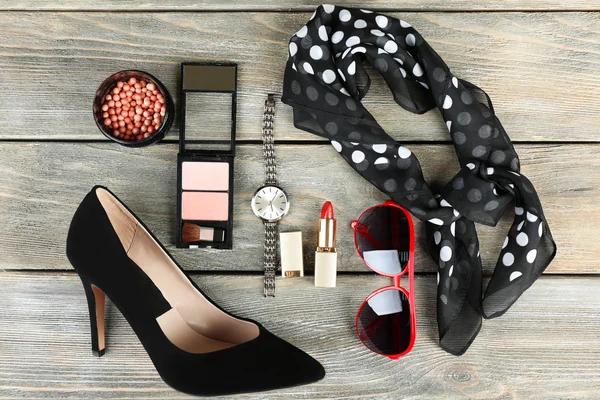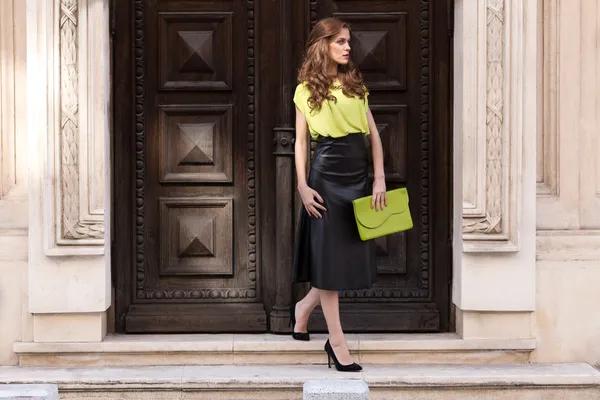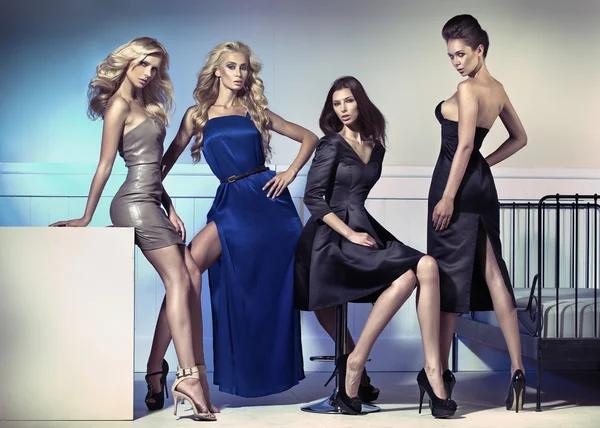Handwoven textiles have been andunlockmobile.com a part of human culture for centuries, embodying the richness and diversity of our shared heritage. Recently, these traditional crafts have found their way into the world of luxury accessories, adding domiciliation-auto-entrepreneur.com a touch of authenticity and uniqueness to high-end fashion products.
The use of handwoven textiles in luxury accessories is not merely a trend; it is a testament to the enduring appeal of craftsmanship. The intricate patterns and vibrant colors that characterize these textiles are painstakingly created by skilled artisans using age-old weaving techniques. Each piece tells its own story, reflecting the cultural traditions and artistic sensibilities from which it originates.
Incorporating handwoven textiles into luxury accessories brings an itstoodayeasy.com element of exclusivity that mass-produced materials cannot match. The time-consuming process involved in creating these fabrics means they are produced in limited quantities, making each accessory featuring them truly unique. This rarity appeals greatly to consumers seeking bespoke pieces that stand out from the crowd.
Moreover, handwoven textiles add depth and texture to luxury accessories like no other material can. Whether used as an accent on leather bags or as the main component in statement jewelry pieces, sportgiftz.com they imbue every item with character and charm. Their natural quality also contributes to their allure; unlike synthetic materials which can often feel cold or impersonal, thinkmariajuana.com handwoven fabrics possess warmth and personality that make each accessory feel personal.
The use of handwoven textile also aligns with growing consumer consciousness about sustainability in fashion industry. These cruisissafe.com textiles are typically made from techcrumz.com natural fibers using manual looms powered by human energy rather than electricity or fossil fuels – making them environmentally friendly choice compared to many modern manufacturing processes.
Additionally, supporting this craft helps preserve cultural heritage while providing livelihood opportunities for artisan communities around the world who continue these traditional practices passed down through generations. Luxury brands partnering with such artisans not only contribute towards sustainable economic development but also gain access to unique design aesthetics rooted in rich cultural narratives.
However, the integration of handwoven textiles into luxury accessories is not without challenges. The delicate nature of these fabrics requires careful handling and maintenance, which can add to the cost of production. Furthermore, since they are handmade, inconsistencies in texture or pattern might occur – a characteristic that some consumers may find less appealing.
Despite these potential drawbacks, the use of handwoven textiles in luxury accessories continues to grow as discerning consumers increasingly value authenticity and craftsmanship over mass-produced uniformity. As this trend evolves, it will be exciting to see myhomeactive.com how designers continue to innovate and elevate these traditional crafts within the realm of high-end fashion.




